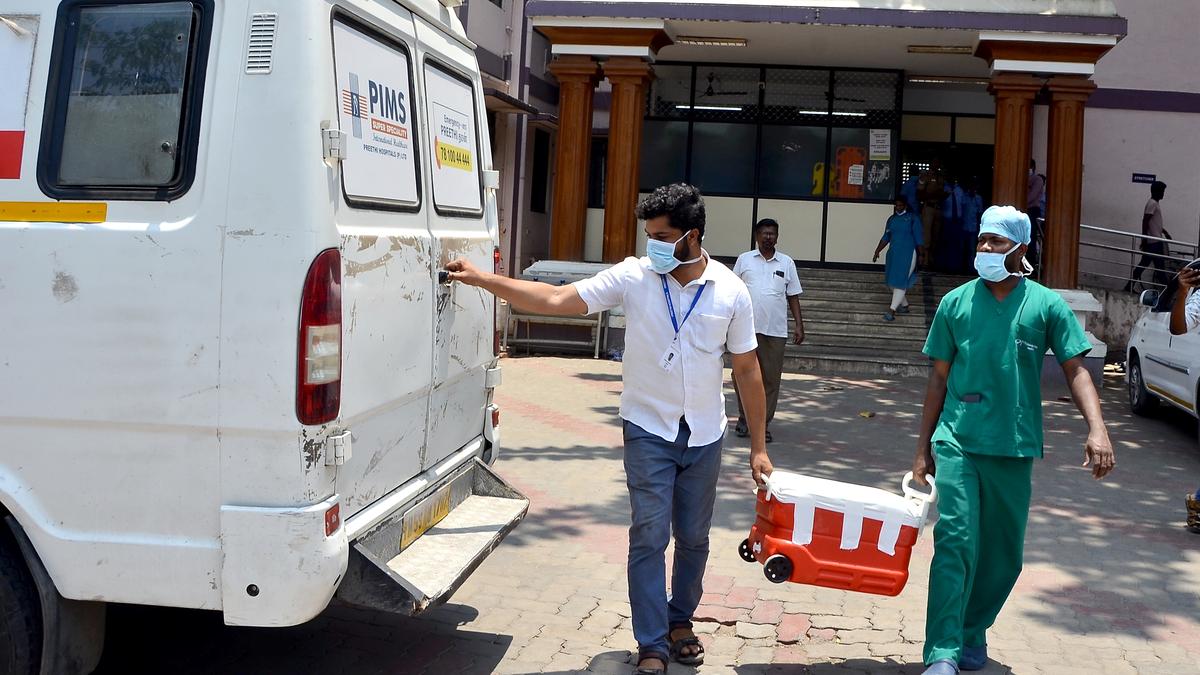The shift in the focus of PM Narendra Modi’s campaign from the guarantee of a Viksit Bharat (developed India) and the ‘Beyond 400’ (seats) pitch to generating fear of “our women’s mangalsutra would be stolen by Congress’s hand” after the first round of voting has raised questions.
Playing up the majoritarian fear has always been a part of the BJP’s strategy but after two terms, a distracted opposition, and the entry of secular characters in the NDA family, it appeared for a while like the BJP is looking at a post-polarisation scenario in western Uttar Pradesh, where eight constituencies went to the polls in the first phase.
But this time, the Opposition has its counter-narrative of fear. Using the anxiety that the BJP’s 400-paar pitch is causing among the subaltern groups, the Opposition is portraying a brute majority as a precursor to change the Constitution as envisaged by B.R. Ambedkar and the reservation policy. It thus comes as no surprise that PM Narendra Modi did not refer to the magic number at the Aligarh rally on April 22.
The Congress manifesto was released on April 5 but it took Mr. Modi more than a fortnight to realise that the party was planning the redistribution of wealth with a Communist mindset.
A minister in the BJP government in Uttar Pradesh assured this journalist that the basic structure of the Constitution would not be touched. “The Opposition is spreading fear. The amendments will be within the framework of the Constitution as has always been the case,” he said.
However, he could not back the figure of 400 seats. A BJP worker, when asked about winning 400 seats two days after the first round, conceded, “It is just a rhyming statement made during polls like Abki baar Modi sarkar.”
Such pragmatism was missing in the run-up to the first round of elections. While PM Modi in his rallies assured crowds that winning 400 seats would help the government settle more difficult issues, BJP supporters in WhatsApp groups jumped to their own conclusions. In conversations with different caste groups on the ground, the upper-caste BJP voters reacted as if they had read the BJP’s Mann ki Baat for the next term. From it emerged a long list of what the party could do — a law on population control, disbanding of the Waqf board and turning India into a Hindu Rashtra.
During the pre-poll campaign, it was clear that despite the BJP carrying out multiple rallies in every western U.P. constituency, the ground reality showed a lack of fervour. There was an average of 6.29% drop in turnout in the eight constituencies, when compared to 2019 when the BJP won two of the eight seats.
The maximum drop was recorded in Muzaffarnagar — where the voting percentage dropped by 8.9 points — followed by Rampur, Bijnor and Kairana. Local observers said this drop could not be attributed solely to weather, weddings and harvest. “Polling always happens in this season. It seems either the BJP supporter is complacent or the messaging is not exciting him enough to come out. A section of Muslims also seemed disenchanted with the electoral process,” said political analyst Surya Mani Gupta.
While the Election Commission is taking measures to counter the soaring temperature, BJP workers in Muzaffarnagar and Rampur were asking the party leadership to turn up the heat. “Polarise nahin ho raha hai”, was the common refrain in Saharanpur, Muzaffarnagar, Kairana, Moradabad and Rampur where the Muslim population is decisive.
Those with an ear to the ground could see Mr. Modi changing gears with his Amroha rally on April 19, the polling day, when he deliberated on how the majority community suffered during the local Tigri Festival because of the appeasement politics of the previous governments.
It was a hyper-local factor that left observers surprised that a leader who was talking of Viksit Bharat was suddenly changing track. “We realised baasi kadhi ubal le rahi hai (a delayed show of enthusiasm),” said a seasoned local journalist, referring to the BJP’s return to raking up stale polarising issues.
It may be a matter of chance or lack of resources but the opposition’s strategy of keeping itself under the radar also seemed to have paid some dividends. The Congress candidate from Saharanpur, Imran Masood, whom the BJP has always painted as a polarising figure, held only one road show on the last day of the campaign. “His approach helped in galvanising the Rajput anger in Behat, his core constituency,” said a local source. Plus, he secured the support of Chandra Shekhar Azad’s Bhim Army which is influential in some pockets of the constituency. This has turned Saharanpur into a close contest despite the Bahujan Samaj Party fielding a Muslim candidate.
In Kairana, SP candidate Iqra Hasan’s brother and MLA Nahid Hasan, who has made controversial statements against the majority community in the past, kept a very low profile. “You could say he did the desk job throughout the campaign while Iqra went door to door,” said a local reporter.
Meanwhile, the creativity on social media is creating its parallel political universe. When the video of Yogi Adityanath flanked by Sangeet Som and Sanjeev Balyan emerged, a Rajput group added a song to the background that painted Mr. Balyan as Vibhishan (defector). After the first round, some BJP supporters have put out the results of an exit poll, something that is illegal according to the Election Commission, on social media groups.

 1 week ago
85
1 week ago
85


